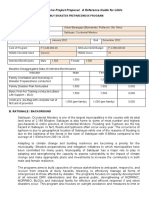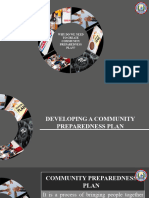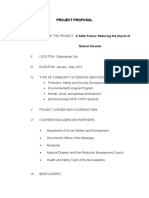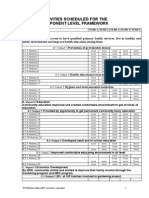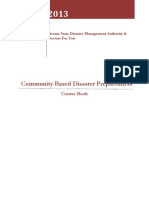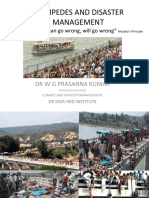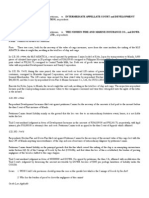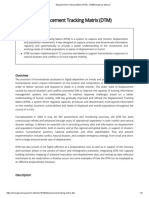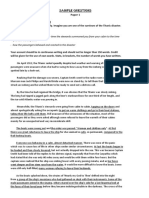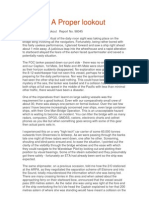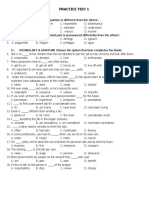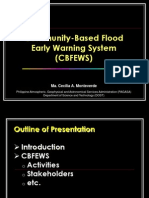Program Design: Community Empowerment for Resilience and Development
I. Title of the Program:
"Empower: Building Resilient Communities through Security, Preparedness, and Education"
II. Background:
The community survey highlighted critical challenges:
1. Socio-Economic Constraints: 70% of households earn below ₱10,000 monthly.
2. Disaster Risk Management Gaps: 60% feel unprepared for natural disasters, with only
40% participating in preparedness drills.
3. Community Security Issues: 50% feel unsafe due to theft and drug-related incidents,
and 70% demand increased law enforcement presence.
4. Educational Needs: 65% identified feeding programs and school supplies as essential
for students, while 80% expressed interest in disaster preparedness training.
This program aims to address these pressing issues by enhancing disaster preparedness,
improving community security, and supporting education.
III. Goals and Objectives:
Goals:
To empower the community by promoting socio-economic resilience, safety, and preparedness
through targeted programs.
Specific Objectives:
1. Strengthen disaster preparedness through training and provision of essential resources.
2. Enhance community security by fostering collaboration with law enforcement and
increasing awareness.
3. Support students and families through feeding programs and educational supply drives.
4. Engage the community in meaningful projects to build unity and active participation.
IV. Program Components:
1. Disaster Preparedness and Response
Activities:
� o Organize regular disaster preparedness drills (earthquake, flood, fire).
o Conduct workshops on emergency response and first-aid training.
o Distribute disaster kits (e.g., first-aid supplies, flashlights, emergency plans).
Expected Outcome:
o Increased readiness and reduced vulnerability during disasters.
2. Community Security and Safety Awareness
Activities:
o Partner with local law enforcement to increase patrols and visibility.
o Establish neighborhood watch programs.
o Conduct crime prevention seminars and reporting campaigns.
Expected Outcome:
o Improved sense of security and reduced crime incidents.
3. Education and Student Support
Activities:
o Launch a feeding program for undernourished students.
o Distribute essential school supplies, including bags and learning materials.
o Provide scholarships or financial aid for selected students in need.
Expected Outcome:
o Enhanced student well-being and improved academic performance.
4. Community Engagement Initiatives
Activities:
o Facilitate clean-up drives and tree-planting activities.
o Promote participation in disaster preparedness and community-building projects.
o Create a platform for residents to share concerns and solutions.
Expected Outcome:
o Strengthened community bonds and increased collaboration.
V. Implementation Plan:
Phase 1: Planning and Coordination
Timeline: 1 month
Activities: Stakeholder meetings, resource planning, and timeline setting.
Phase 2: Disaster Preparedness Programs
Timeline: 2 months
Activities: Conduct drills, workshops, and distribute disaster kits.
�Phase 3: Security Enhancement
Timeline: 2 months
Activities: Launch neighborhood watch programs and security campaigns.
Phase 4: Education Support Programs
Timeline: 3 months
Activities: Implement feeding programs and distribute school supplies.
Phase 5: Community Engagement Projects
Timeline: Ongoing
Activities: Clean-up drives, tree planting, and community events.
VI. Resource Requirements:
Human Resources:
o Volunteers, trainers, local government units (LGUs), and law enforcement.
Materials and Equipment:
o Emergency kits, school supplies, food supplies, and event materials.
Financial Resources:
o Budget allocation for program activities and logistics.
VII. Monitoring and Evaluation:
Regular surveys to gather feedback from participants.
Mid-program reviews to address challenges and adjust strategies.
Final evaluation report to measure impact and guide future initiatives.










